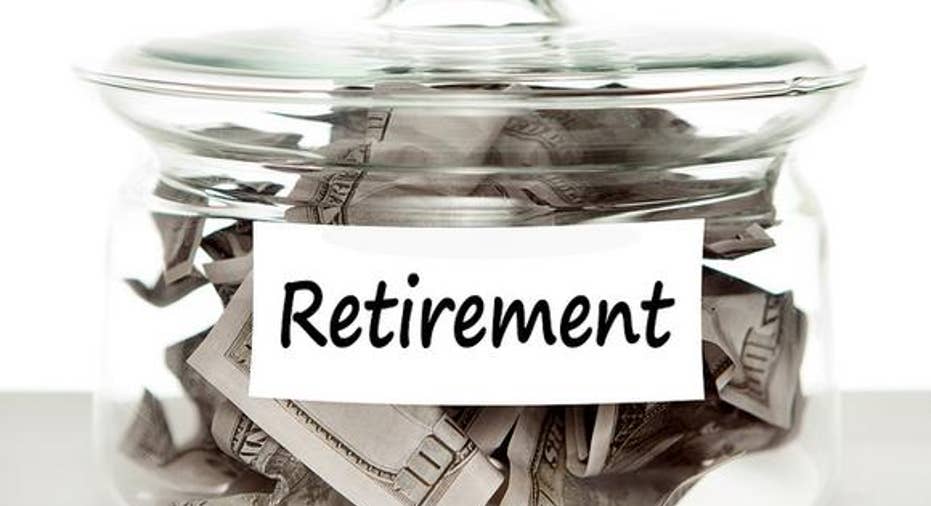How Much Income Will You Need for Retirement?

The 80% rule is one of the classic rules of thumb for retirement advice. Financial planners often advise that in order to maintain your current lifestyle in retirement, you should aim to replace 80% of your working income from your retirement resources such as Social Security, investment dividends, and IRA withdrawals. From that point, you gauge the total amount of money that you need based on when you plan to retire — in other words, how many years you are likely to need income.
Recent research has challenged the concept of the 80% rule as useful but too simplistic and conservative. Professor Michael Finke from Texas Tech University outlined his approach in an article in Research magazine. Finke finds that the 80% rule as commonly applied likely overestimates the amount of money that retirees will need.
Finke's first concern is that the 80% rule applies to gross salary rather than take-home pay. People are really interested in take-home-pay, and to focus on gross pay assumes that your tax commitments and tax rates will be the same before and after retirement. Most retirees end up in lower tax brackets after retirement and no longer contribute payroll taxes. You are also no longer making regular contributions through deduction to an IRA or other retirement program. If you have a Roth IRA that provides income that was already taxed, that drives your income replacement value down even further.
According to David Blanchett of Morningstar Investment Management, focusing on replacing net income yields a figure of anywhere from 54% to 87% of net income depending on pre-tax expenses.
Using a percentage for lifestyle maintenance can be somewhat distorting because that approach does not take into account how much of your income that you spend. People on the lower end of the income spectrum who are barely getting by may not be able to subsist on 80%. On the higher end of the spectrum, it is highly distorted because very high earners do not spend anywhere near 80% of their income.
Blanchett suggests that a better approach is to base the replacement needs on your expected expenses. If you choose to, you can always add an extra amount of expenses as a cushion. Blanchett finds that generally, spending does not change much at retirement but gradually slows during retirement. According to Blanchett, health expenses increase from 10% to 20% of total expenses after retirement but other expenses tend to decline to compensate, showing lower spending after retirement for all but the lower income
The tricky part is correctly forecasting your expenses, especially with the unpredictability of medical costs. You may be covered by Medicare, but there are plenty of opportunities for auxiliary costs (like prescription drugs) to chip away at your retirement income.
If you are skeptical, try working the scenario both ways. Use the 80% rule, and then recalculateusing your best estimate of retirement spending. Don’t forget to leave a safety margin for medical and other unexpected expenses as well as any inheritance you want to leave behind. How different are the two answers?
Once you have calculated the results, follow the path that leaves you the least amount of worry — whether that approach is the classic 80% or an expense-based approach. In the end, only you know how much retirement cushion gives you comfort, but try to maintain a balance. Making yourself miserable in the working years only to have more than you can spend in retirement is not a good way to live.
This article was provided by our partners at moneytips.com.
More From MoneyTips.comHow to Start Saving for RetirementRetirement Plans 101SIMPLE IRAs 101



















